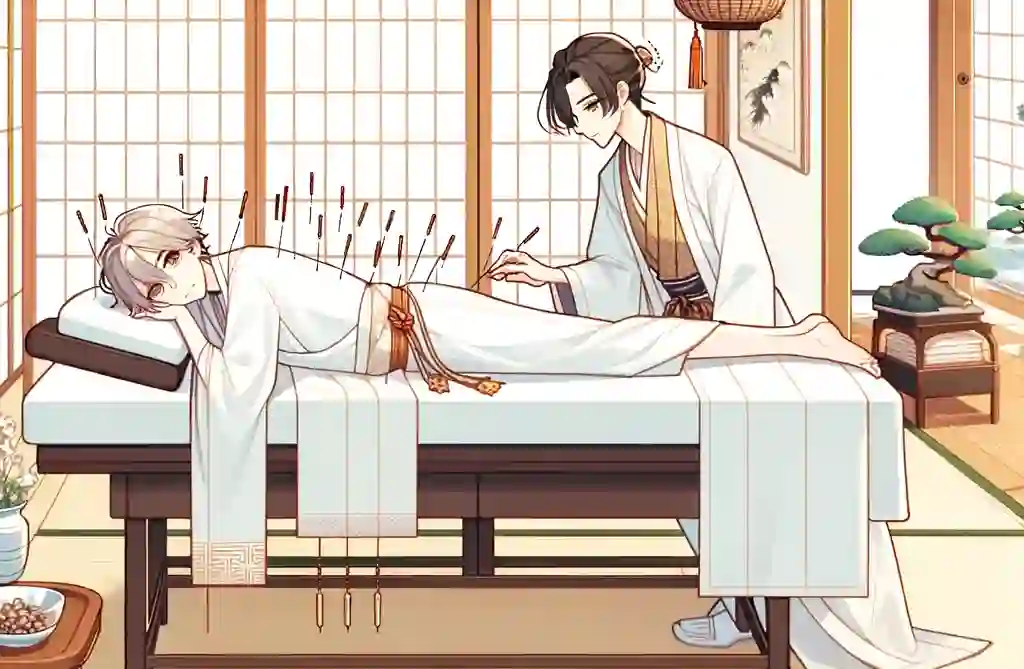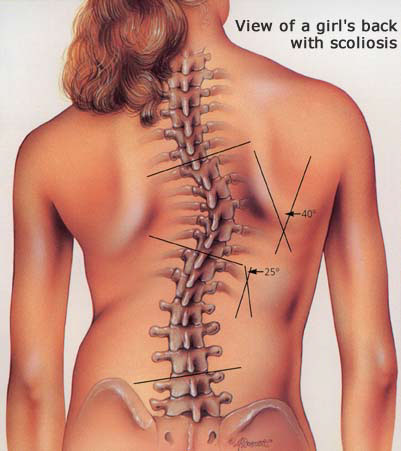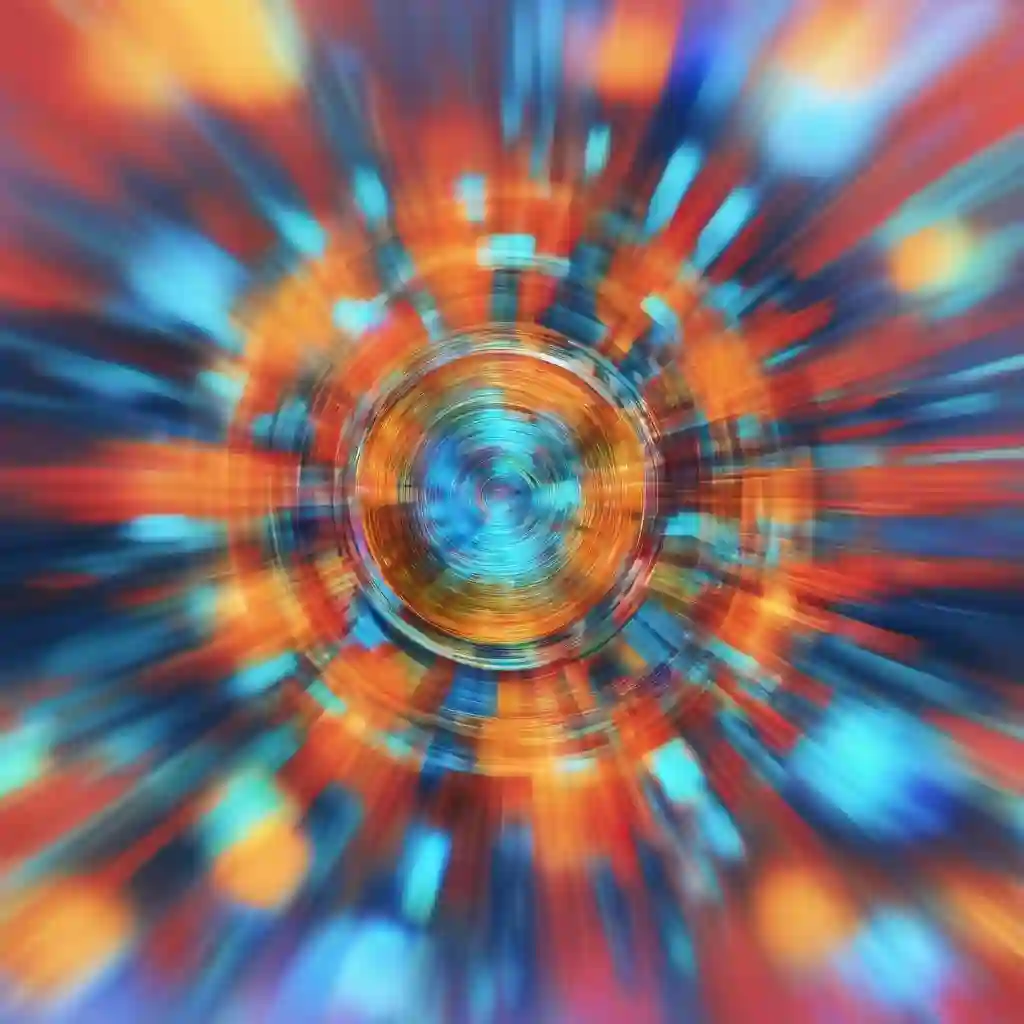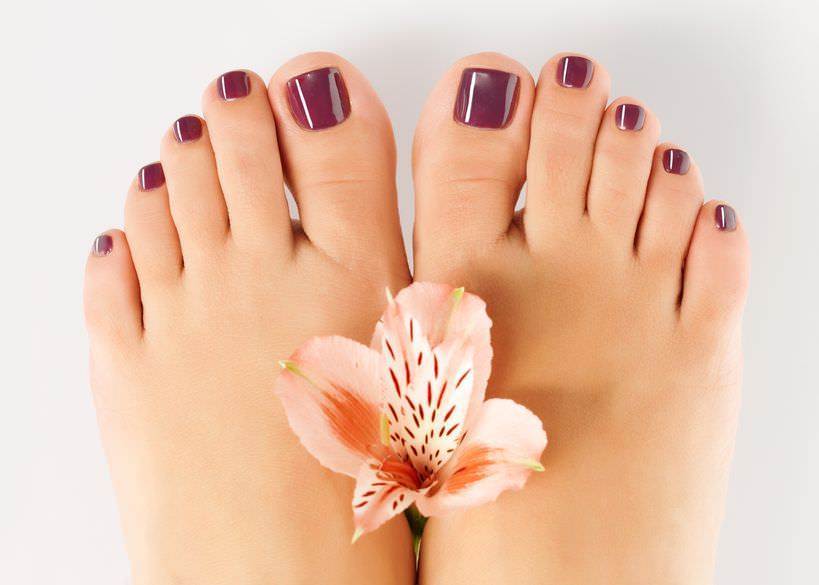Cervical Disc Herniation: Best Exercises For Your Sore Neck
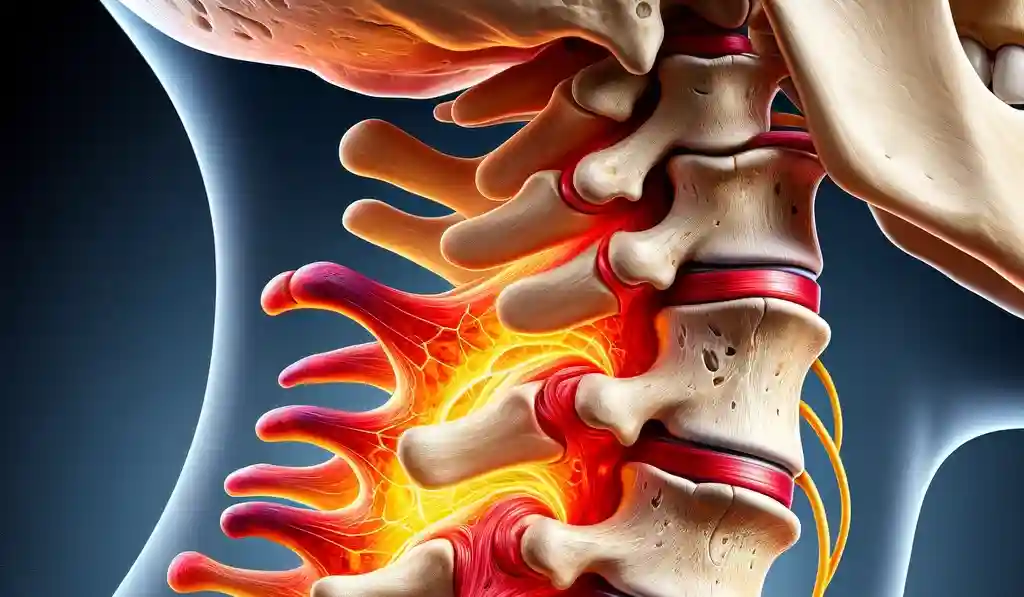
Do you have a cervical disc herniation?
Does your cervical disc herniation cause pain in your neck that refers down to your shoulder or arm?
Are looking for the best exercises that can help your cervical disc herniation?
In this issue of Bodi Empowerment I go over the causes of cervical disc herniations, what’s happening in your neck when you have a cervical disc herniation, and symptoms for all the different cervical disc herniations, then I go over the exercises you need to help your neck get better.
Why Do I Have A Cervical Disc Herniation?
So how did you get this cervical disc herniation? Three key areas are genetics, posture and trauma.
#1 Genetics and Cervical Disc Herniations
With genetics I am referring to the genes passed down from your parents. Some of you have discs that are stronger and more resilient to cervical disc herniations.
Some of you aren’t as fortunate as the rest of us.
#2 Trauma and Cervical Disc Herniations
Trauma such as car accidents or falls on the head can cause an immediate cervical disc herniation or if you had a milder trauma that didn’t require immediate treatment but pain later on, you can cause enough damage that accelerates that wear and tear that eventually leads to cervical disc herniations.
See also: Degenerative Disc Disease Part 1: Remedies For Lower Back Osteoarthritis
#3 Posture And Cervical Disc Herniations
Keeping proper posture keeps your discs happy. What I mean is when you have proper posture, the normal curves of the spine are maintained.
Slouching posture brings your head and neck forward. This puts more pressure on the front of the disc. A slouched posture pinches the front of the disc.
See Also: Unveiling Better Posture: A Guide to 4 Upper Back Exercises for Improvement
Your forward posture pinches the front of the disc is like pinching the front of a jelly doughnut. If you push hard enough or long enough the jelly eventually comes out.
To understand how this happens let’s go over the stages of cervical disc herniation.
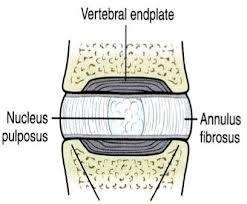
Why Does Cervical Disc Herniation Happen?
Your disc has two basic parts. The nucleus and annulus. The nucleus and annulus are akin to a flat onion with jelly in it. (better analogy than a jelly doughnut) The jelly is the nucleus and the onion part is the annulus with many circular layers.
Disc Bulge: Start of A Cervical Disc Herniation
By slouching forward you are putting pressure at the front of the disc mainly the annulus (onion) so it eventually starts to bulge the onion at the back by pushing the nucleus (jelly) backwards.
A disc bulge is wide and like pushing on the front of a balloon. It simply gets larger at the back of the balloon.
This is called a disc bulge. For most of you there is no pain but for some of you there can be considerable neck pain and even radiating pain down the shoulder and arm from this small disc bulge.
My experience shows me that a lot of people with neck pain that hurts at the end of all movements especially backwards and have a moderate to severe forward head posture often have a disc bulge.
Disc Protrusion: Almost A Cervical Disc Herniation
A disc protrusion is like a disc bulge that comes out in one focused spot. The disc pushes out as if you had your finger inside a balloon and pushed out.
Most of the layers of the onion (annulus) have been damaged but the jelly (nucleus) is under considerable pressure. The jelly (nucleus) squeezes through the layers of the annulus (onion) with the few intact layers of the onion (annulus) and a PLL (posterior longitudinal ligament) holding the jelly from spilling out. The disc is still contained by the annulus and PLL ligament. ie the balloon hasn’t popped.
Cervical Disc Protrusions usually cause quite a bit of neck pain and oftentimes pain down the arm. Many of you, with disc protrusions, on the other hand, have absolutely no pain.
The trick is not to let your doctor diagnose you based on just an MRI. An MRI that shows a disc protrusion by itself is not a diagnosis. It’s what a normal person with no pain can have. Make sure there is other evidence!
Disc Extrusion: Full Cervical Disc Herniation
Disc Extrusion is a bulge so large that it breaks through the last layers of the onion (annulus) and the PLL ligament pushing into the area of the spinal cord and your nerves that branch from the spinal cord called nerve roots. ie. The balloon has popped. If you have an extrusion you likely have a tremendous amount of neck and arm pain that may radiate to your hand.
When you have a disc extrusion chances are the extrusion is likely causing your pain as it’s so large.
So the definition of a cervical disc herniation is when your nucleus has broken through all the protective layers of the annulus and popped right out.
Disc Sequestration
Disc sequestration occurs when a piece of your jelly (nucleus) that breaks through the onion (annulus) and the PLL ligament has now broken off and moved away further into the spinal cord area. When you have a disc sequestration you have a tremendous amount of neck pain and usually pain down the shoulder, upper arm and forearm down to the fingers.
Still, there are a small amount of people with disc sequestrations with no pain.
What You Feel With A Cervical Disc Herniation
To understand your neck you should understand what vertebrae your doctor is talking about. The cervical spine is talking about the neck portion of your spine.
There are seven vertebrae in the cervical spine. The short form for “cervical” is C. Since there are seven vertebrae We number them C1 just underneath your skull followed by C2, C3, C4, C5, C6 and finally C7 at the base of your spine.
Here are some common symptoms that you may have when you herniate a disc at a specific spot.
Some people are wired differently so you may not feel these exact symptoms.
C01 Disc Herniation: There is no disc at this level to herniate.
C12 Disc Herniation: There is no disc at this level to herniate.
C23 Disc Herniation: C3 Nerve Pinches. You will likely feel pain in the upper neck only
C34 Disc Herniation: C4 Nerve Pinched. You will likely feel pain in the neck only.
C45 Disc Herniation: C5 Nerve Pinched. Usually, you can feel pain in the neck that can radiate down to the base of the neck and sometimes down to the shoulder. Your deltoid muscle might be weak and tight.
C56 Disc Herniation: C6 Nerve Pinched. One of the most common disc herniations. You feel pain or numbness/tingling that radiates from the neck down to the shoulder, upper arm to your thumb. Weakness and tightness in the muscles that allow your wrist to extend or bend backwards. Your biceps might get extra tight and weak. Commonly misdiagnosed as a shoulder problem or tennis elbow.
C67 Disc Herniation: C7 Nerve Pinched. One of the most common disc herniations. You will feel pain or numbness and tingling from the bottom of your neck down the shoulder to the back of the upper arm and possibly down to your middle finger. Your triceps might get extra tight and weak.
C7T1 Disc Herniation: C8 pinched nerve: Pain, numbness and tingling that radiates down the neck to the baby finger. Can make cause stiffness and weakness in your grip.
Exercises For Cervical Disc Hernations
With these exercises keep in mind if you have numbness and you now have tingling. This means there is less pressure on the nerve. You are getting better so you should continue with the exercises.
#1 Double Chin Exercises
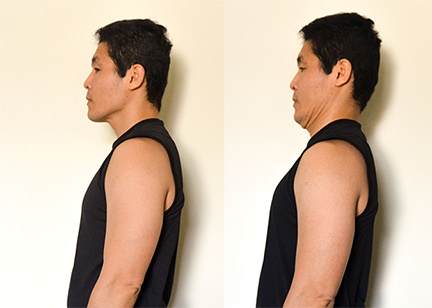
- Tuck your chin in and very slightly down.
- Move the head slowly backwards until it is pulled back as far as it will go and keep it in this position for 4 seconds.
- You should see a double chin in the mirror.
Do this 10 times per session every 2 hours if you have cervical spine pain.
#2 Sitting Extension
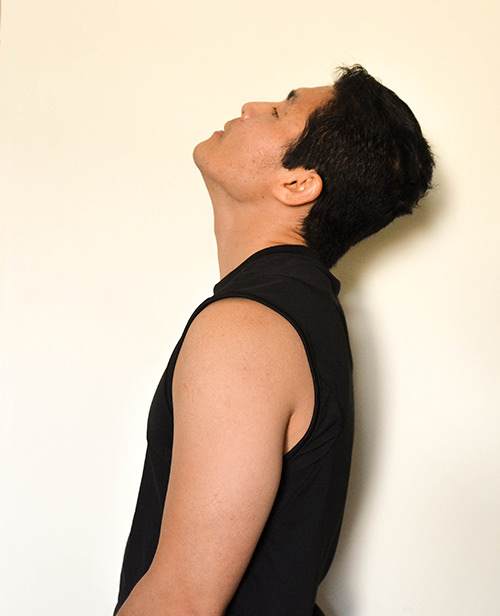
- Sit down and do a double chin as above.
- Lift your chin to look up going as far as you can.
- Rock your neck side to side a little bit (your nose moves an inch -2cm either way) trying to get further and further back each time you rock. (4-5 rocks)
- Keep going as far as you can for 4-5 nods.
- Do this 10 times per session every 2 hours for your cervical disc herniation.
Feel free to share your questions, thoughts and experiences in the comments below, and don’t forget to connect with us on Facebook for more updates and tips on improving your health. We’d love to hear your opinions on who you consider the best Toronto chiropractor.
Related Categories: Disc Herniation, Elbow, Neck Pain, Posture, Shoulder, Trauma, Wrist

